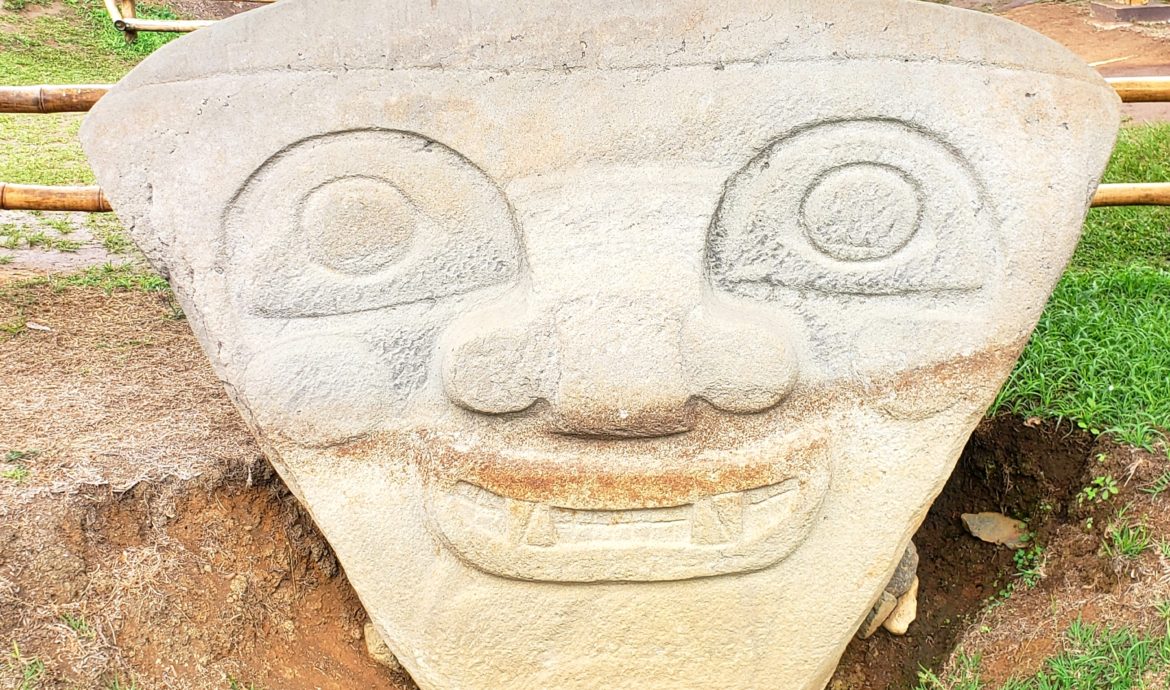
Como viajamos
ColombiaI wouldn’t expect anyone to have heard of the town of San Agustín. It’s not on the typical tourist route, hidden deep in the mountains near the headwaters of the mighty Río Magdalena, Colombia’s largest river. As I biked for several days up the Magdalena valley and saw the vast, swampy river change into a stream dimpled with rapids cutting through a canyon, and narrowing to only eight feet wide, I had the feeling I was getting really remote; that I was going some place that was really only possible to visit on my bicycle.
San Agustín was a highlight on my itinerary not just because of its remote mountain beauty, which can be said of almost any place in Colombia, but because of its archaeological treasures. When Spanish farmers began to cultivate this land in the 1700s, they unearthed stone faces in the ground – some menacing, some goofy – which were relics of a civilization 2,000 years prior. Over 500 sculptures are now preserved in an archaeological park and museum, with others dotting the region at private sites where they were found.
Historians don’t know much about the people who made these – but they believe that San Agustín was a crossroads of civilizations, on the ideal overland trade route between the Andean highlands of modern day Ecuador and the river valleys of Colombia. An ancient overland trade route seemed particularly apt to discover on my bicycle – how else could one visit such a site, without the conveniences of planes and trains?
Humberto, a guide at the archaeological park’s museum, shared these facts about the park in proud albeit far from perfect English. He told me that it’s obligatory to learn English in the tourism industry, but French and German are more important because those languages are spoken by the majority of the park’s foreign visitors. Of the English-speakers? Mostly British and Australians. “Muy, muy poco americanos,” he said.
French and German? I was taken aback. How did they get to this remote place, if not on bicycles?
And then I had a flashback from the hostel full of French and German travellers in Filandia. The jeep taxi packed with the hum of French in Salento. The nature tour with just Germans and me in Manizales. The French family at the pizza restaurant in Neiva. Even as my mind raced, I heard throaty French and plosive German echo through the halls of the museum.
Embarrassed, it dawned on me, are the French and Germans savvier travelers than us?? How do Europeans flock halfway across the world to places like this, while Americans are nowhere to be seen, despite Colombia being a three-hour flight from Miami? Racing through memories, I realized that nearly all of the Americans I have met in Colombia have had similar itineraries: some combination of Bogotá to Medellín to Cartagena, and maybe side trips to Santa Marta or Guatapé for the more adventurous, but certainly all in two weeks or less.
I can’t blame Americans for their itineraries. We think of travel differently from Europeans. The American way of life seems to dictate short, hectic vacations that prioritize luxury over learning as a relief from the stress of our jobs and everyday life. Meanwhile, France and Germany have laws that require a certain amount of vacation and cultural norms that encourage using it. They appear to use it to travel to more interesting places than the beaches in Cancún or Punta Cana. Even though my firm gave me six weeks per year off, hardly anyone other than me took advantage of that benefit because some partners discouraged it. In a performance evaluation at one point, I was chided over my “vacation issue.” I’ve been told that the “unlimited PTO” policies of many Bay Area startups suffer similar consequences.
Do the Europeans have it right? I began to wonder. How did they find out about this remote south Colombian treasure? I looked at the faces of San Agustín for answers, and they stared back with their toothy grins as if they knew the answer all along. As it turns out, you don’t need to ride a bicycle across a continent to visit places like San Agustín – but I had to ride a bicycle across Colombia to realize that.
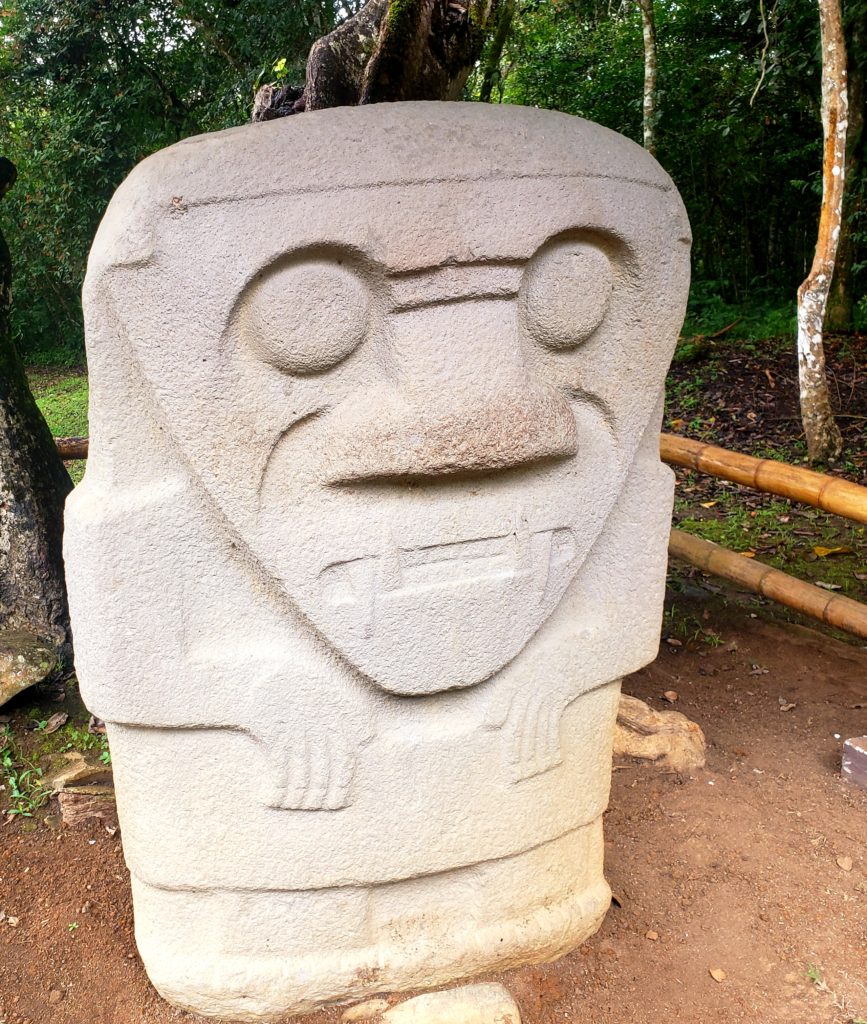
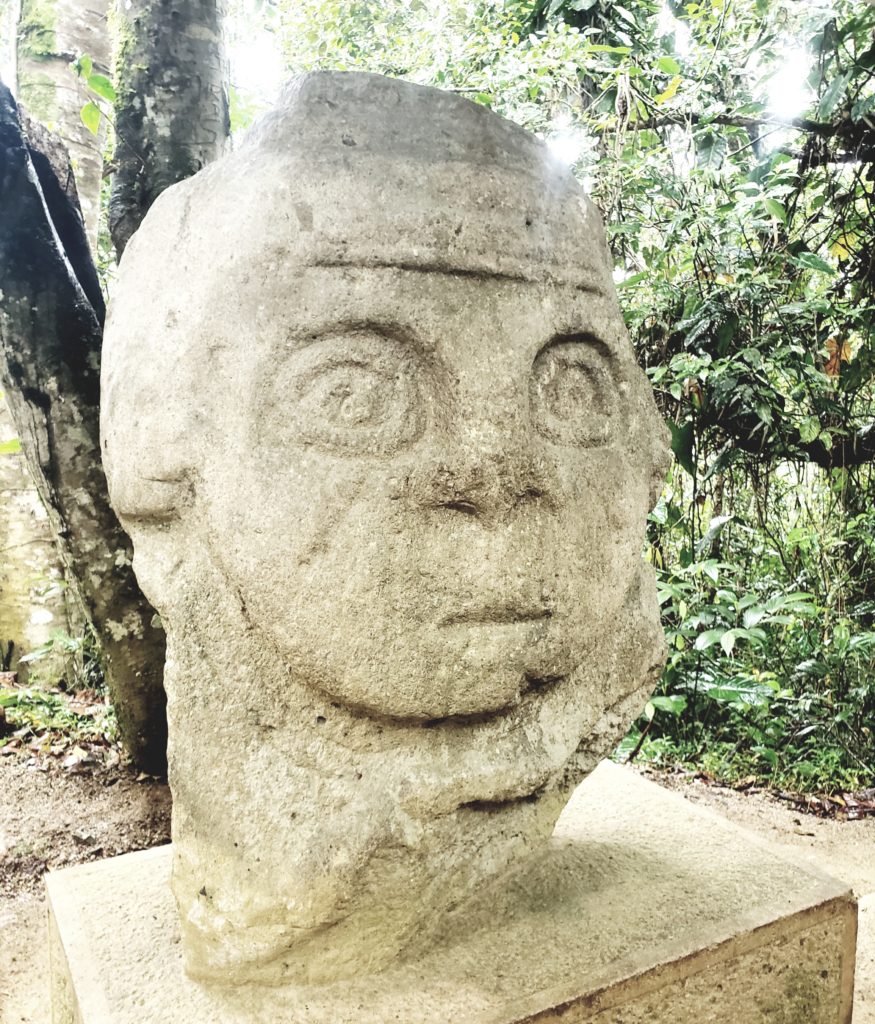
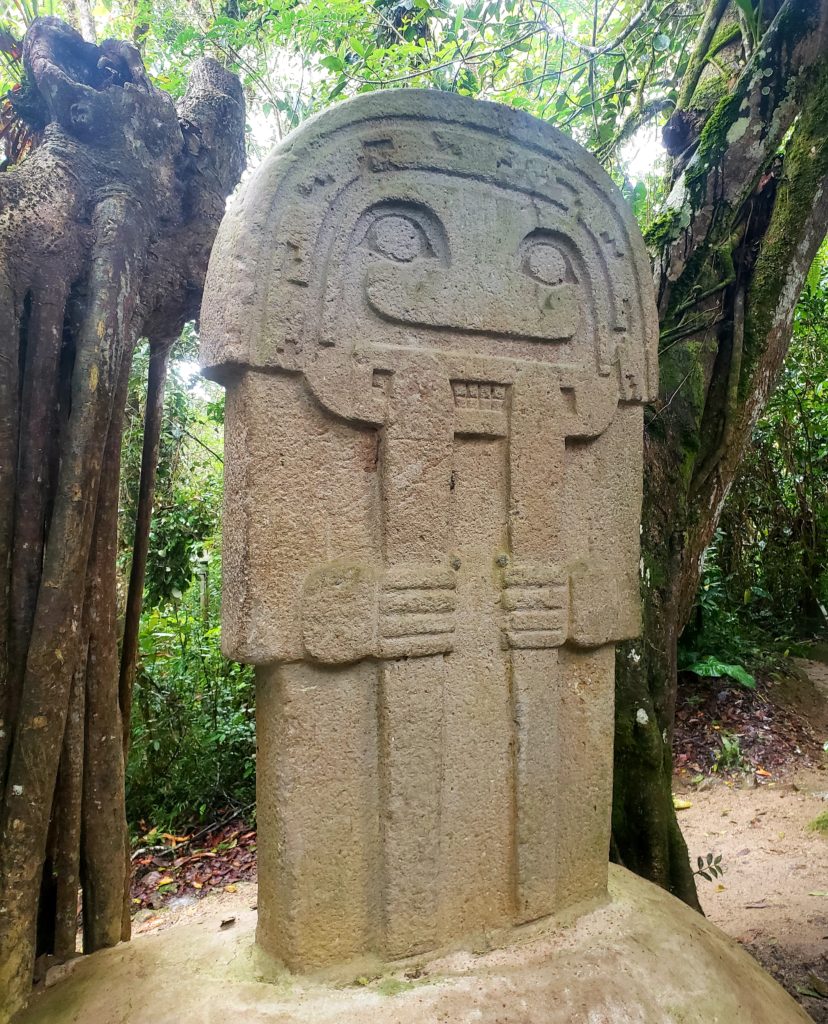

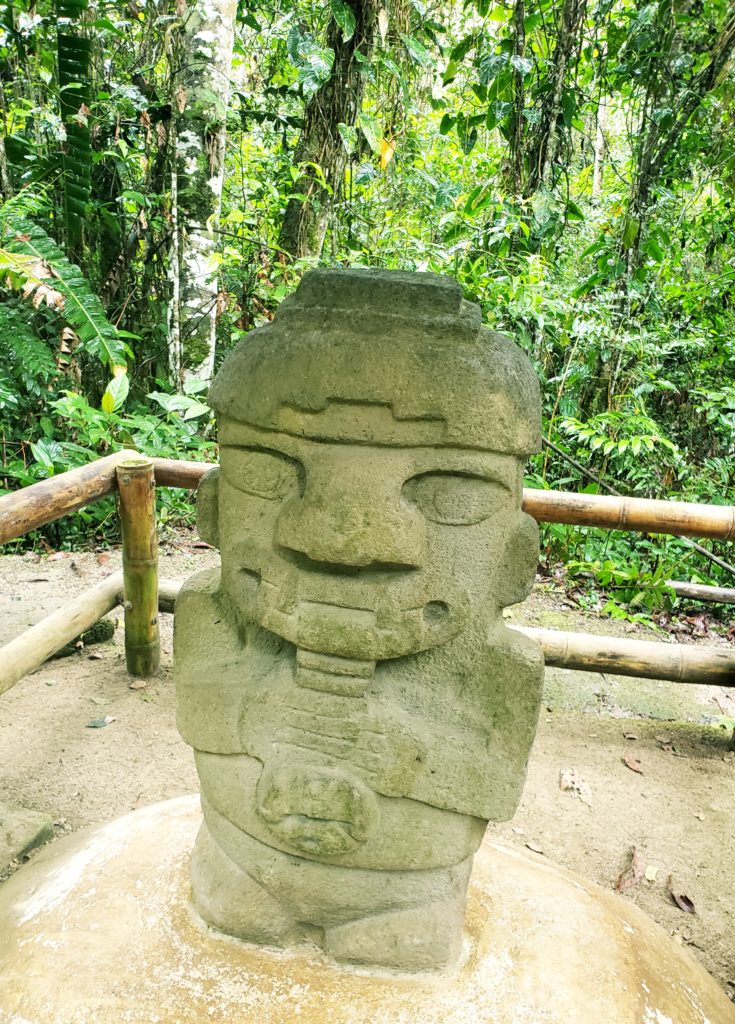
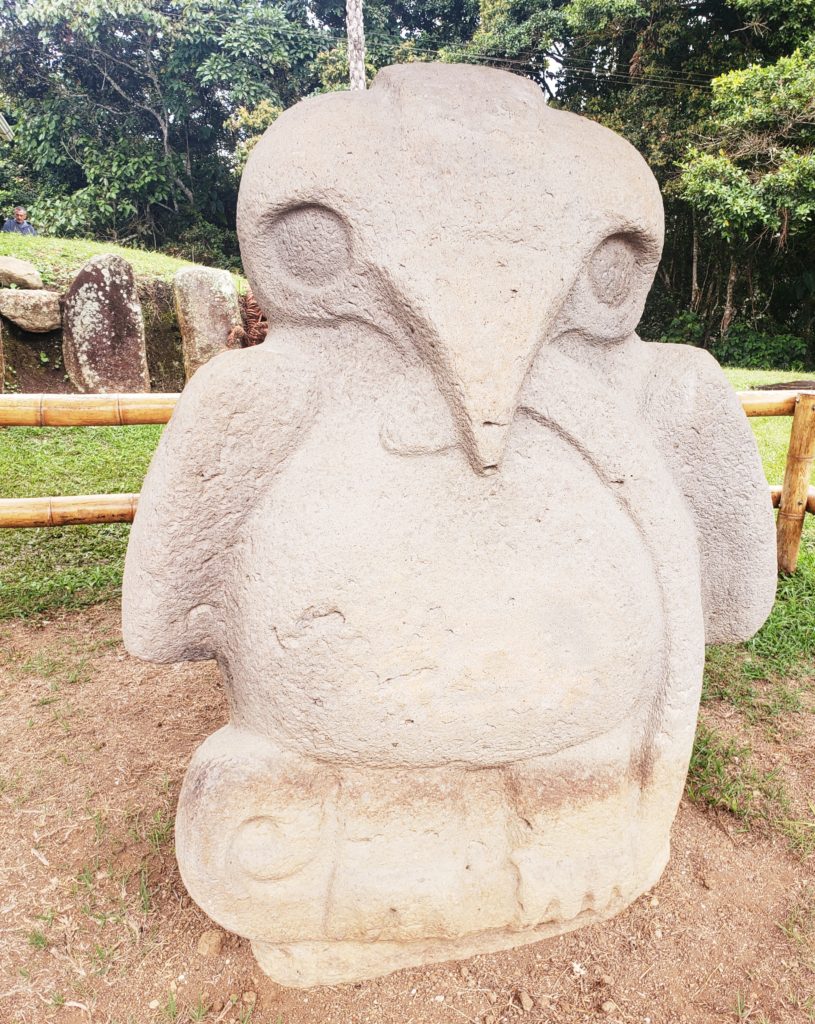
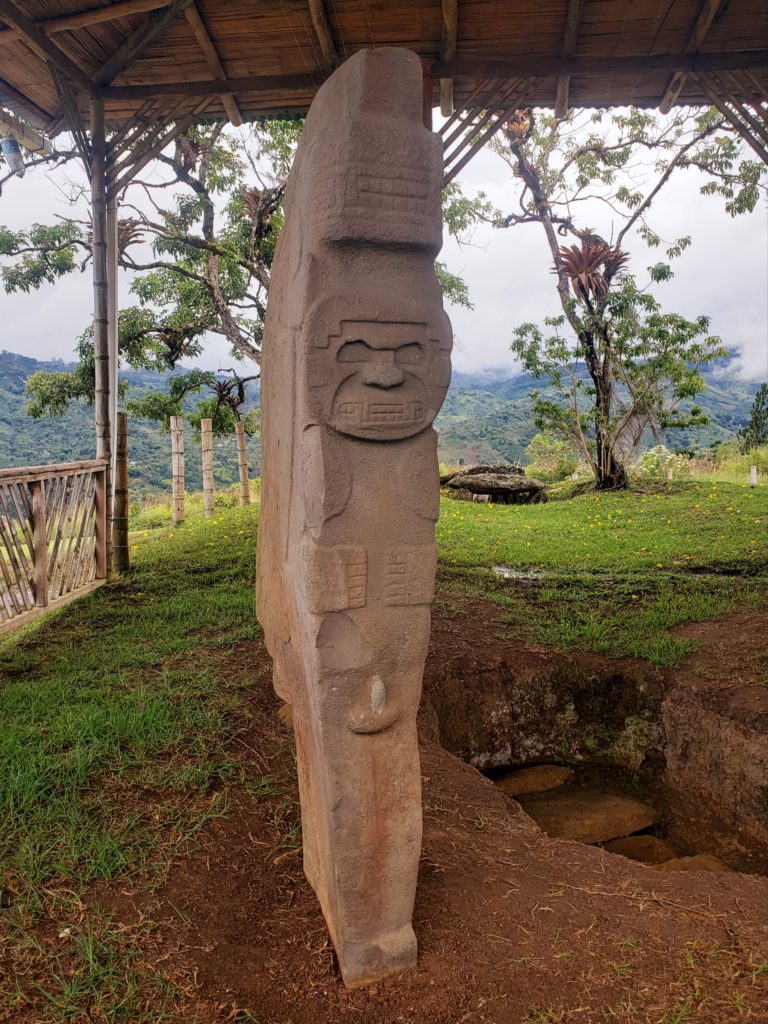
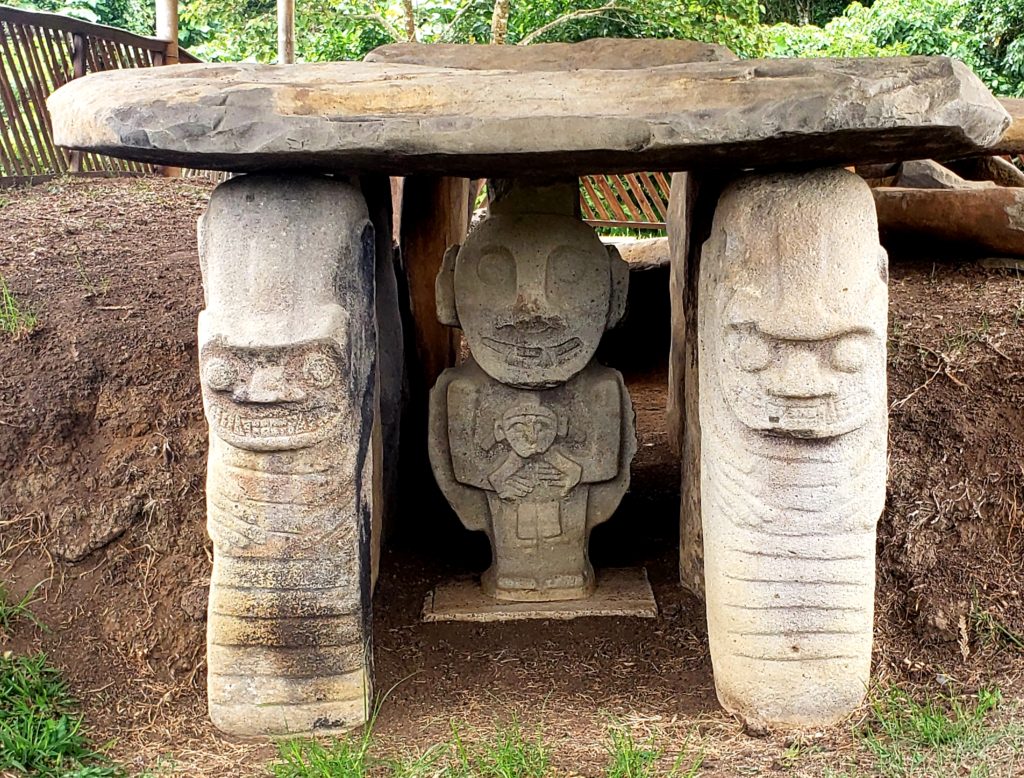
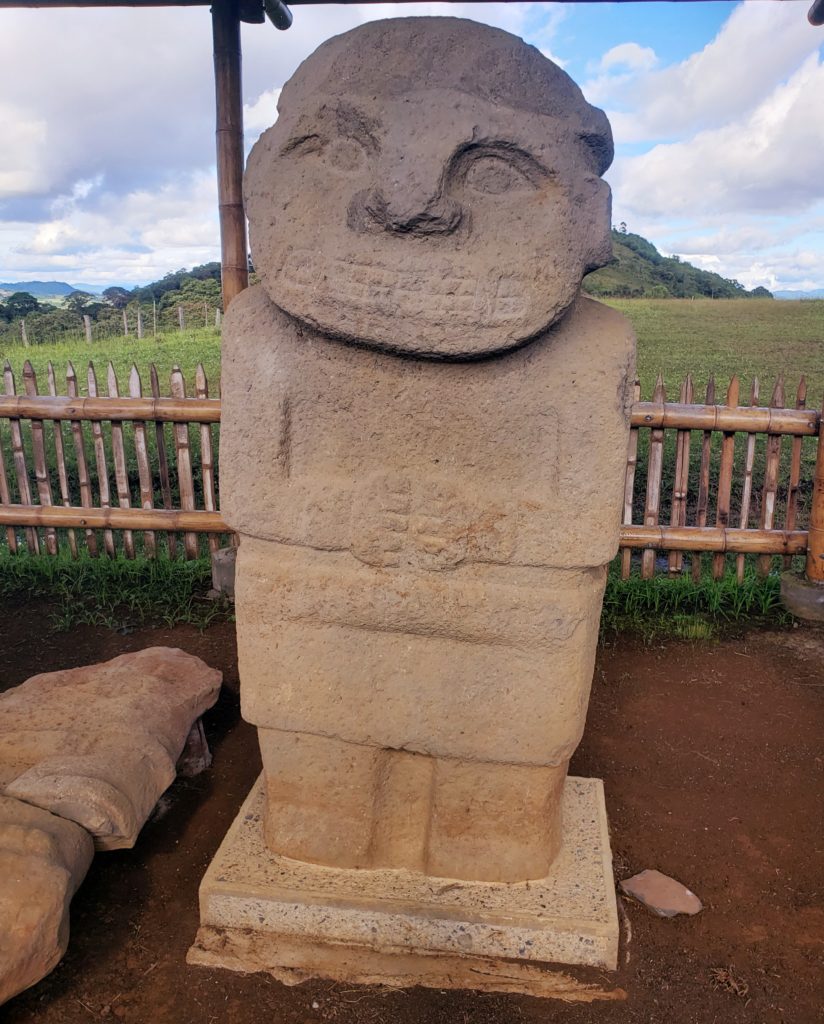



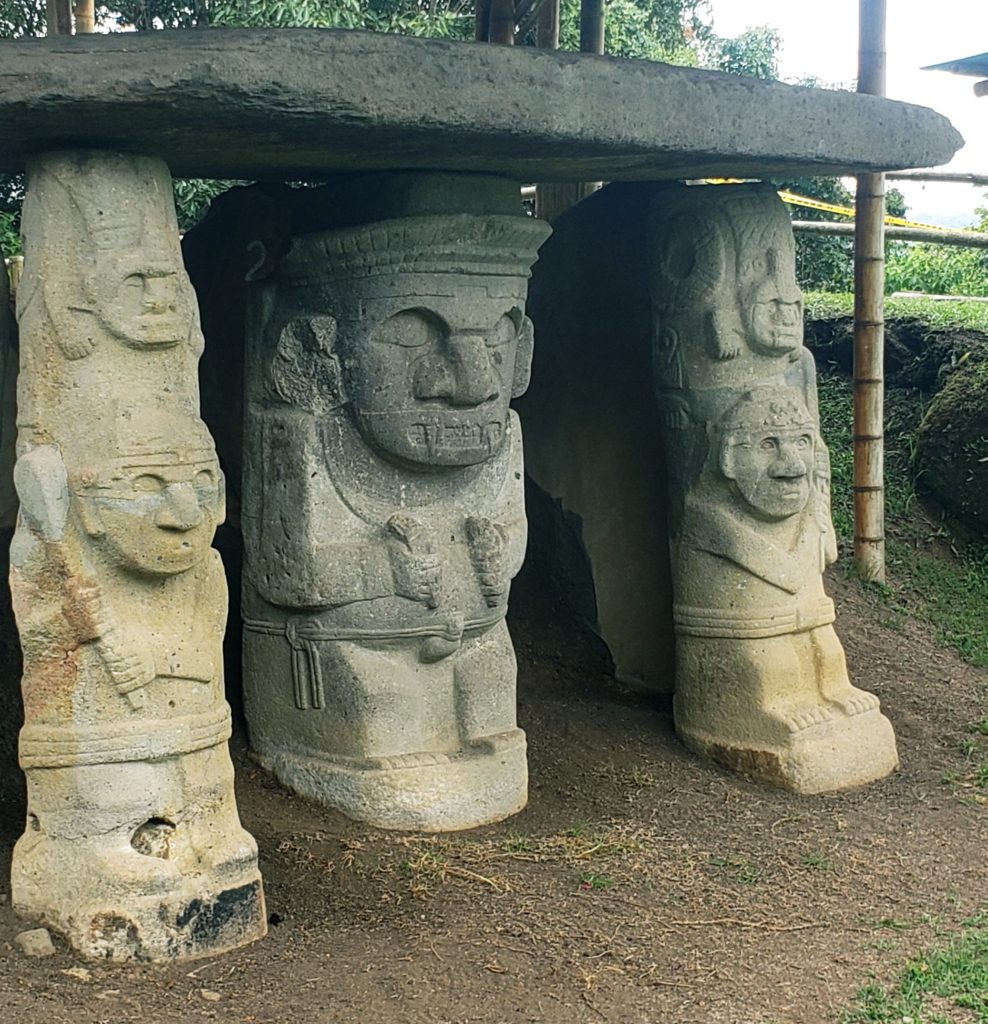
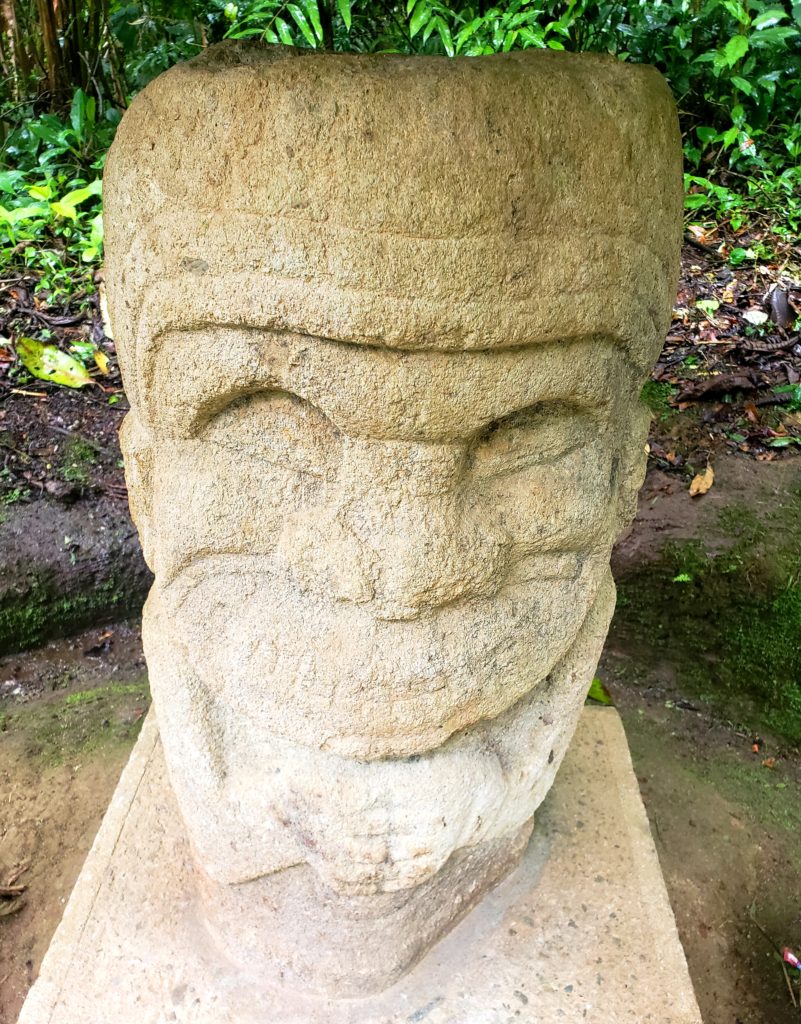
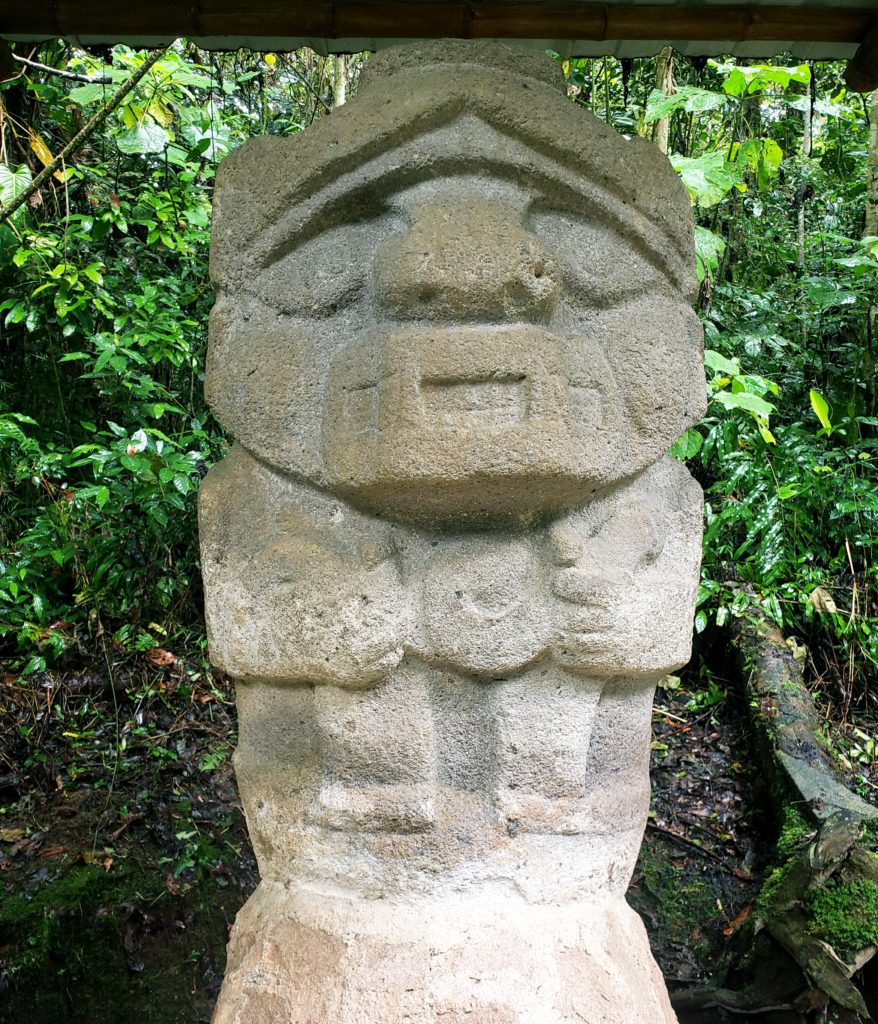
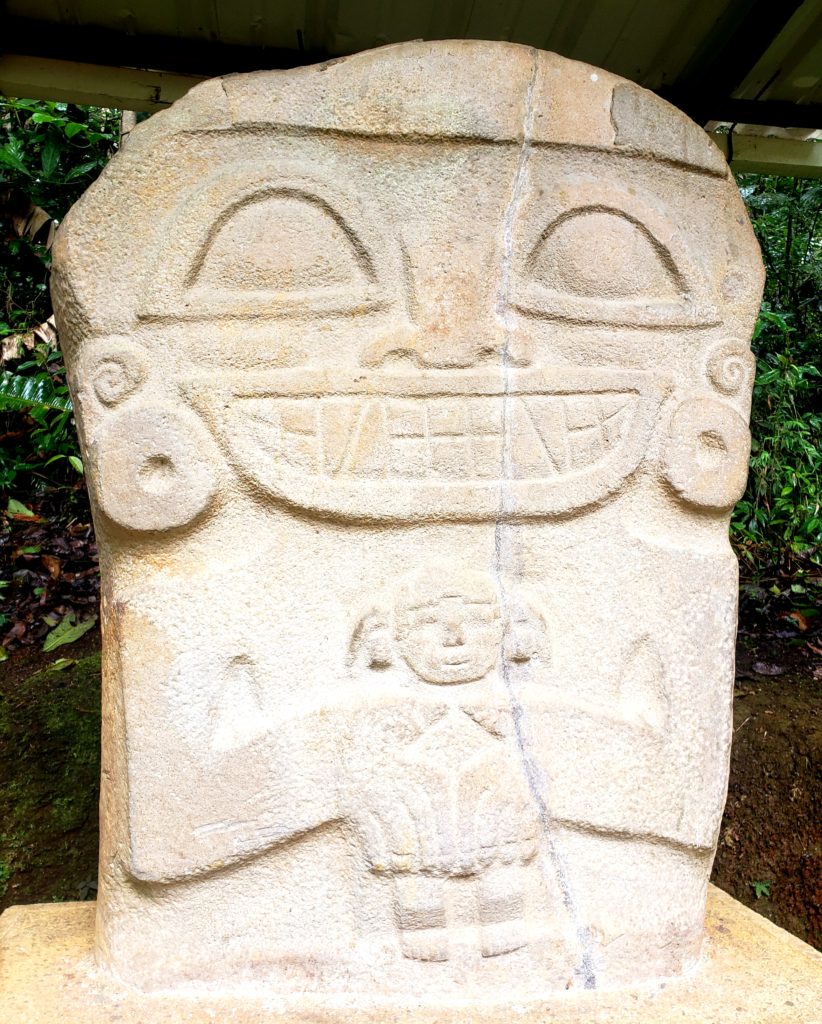
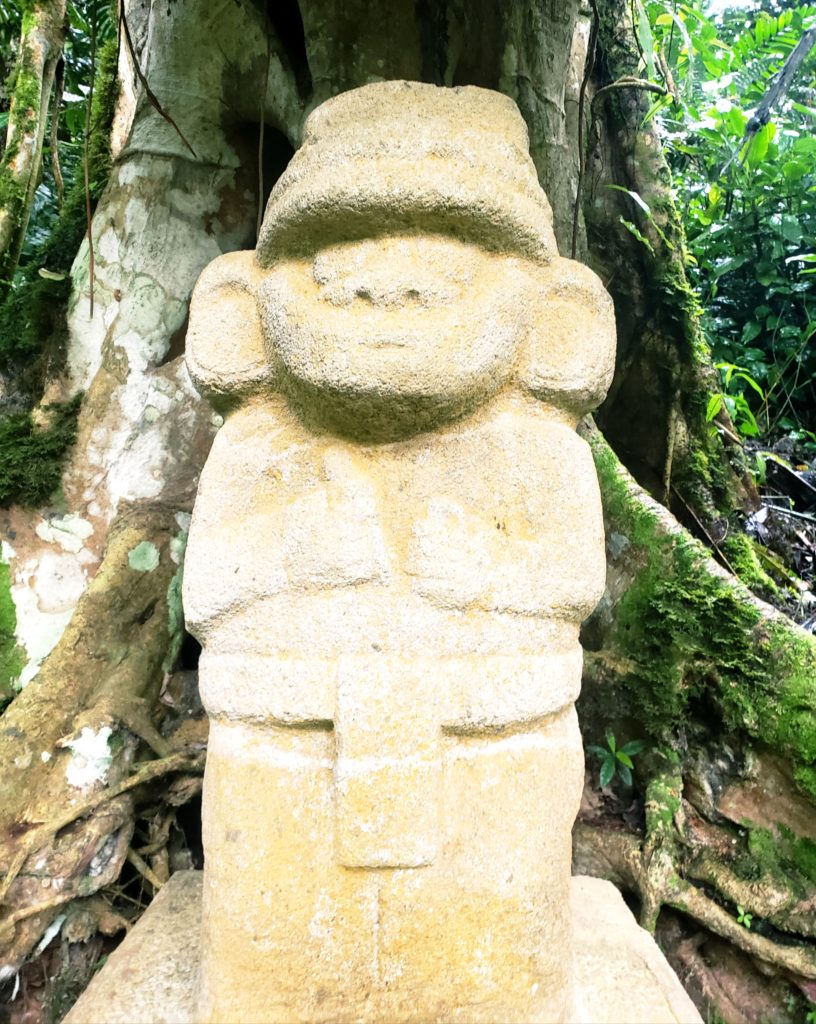
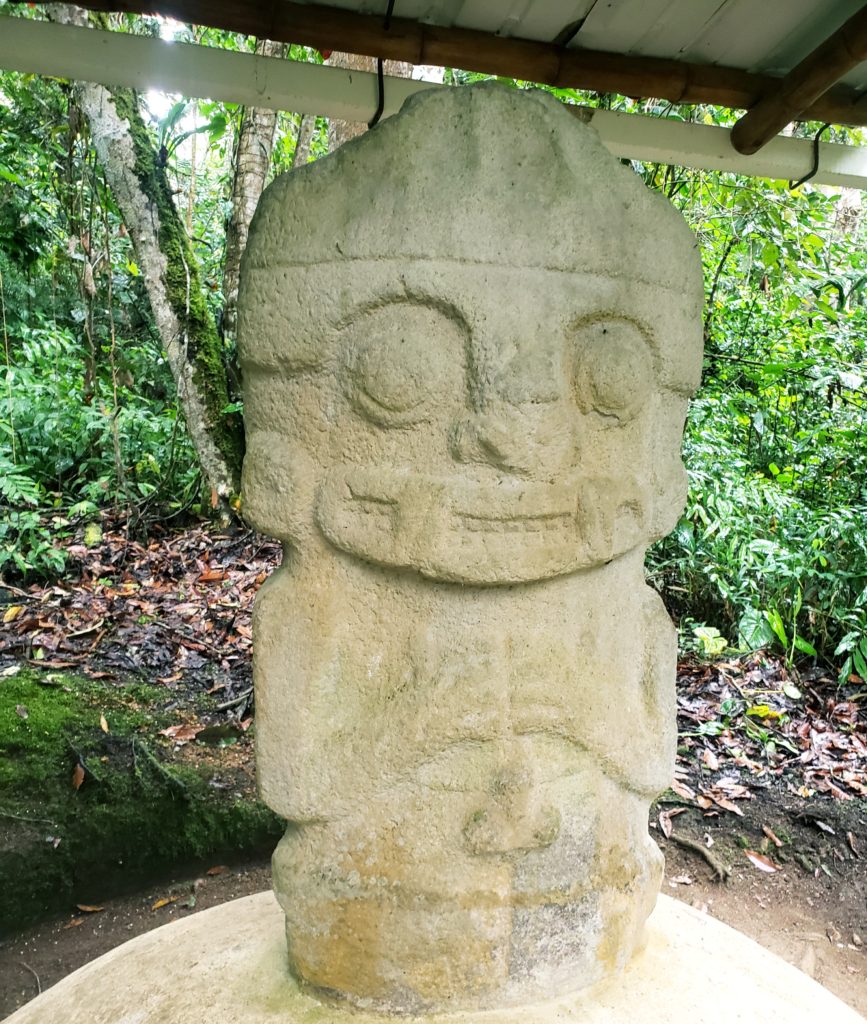
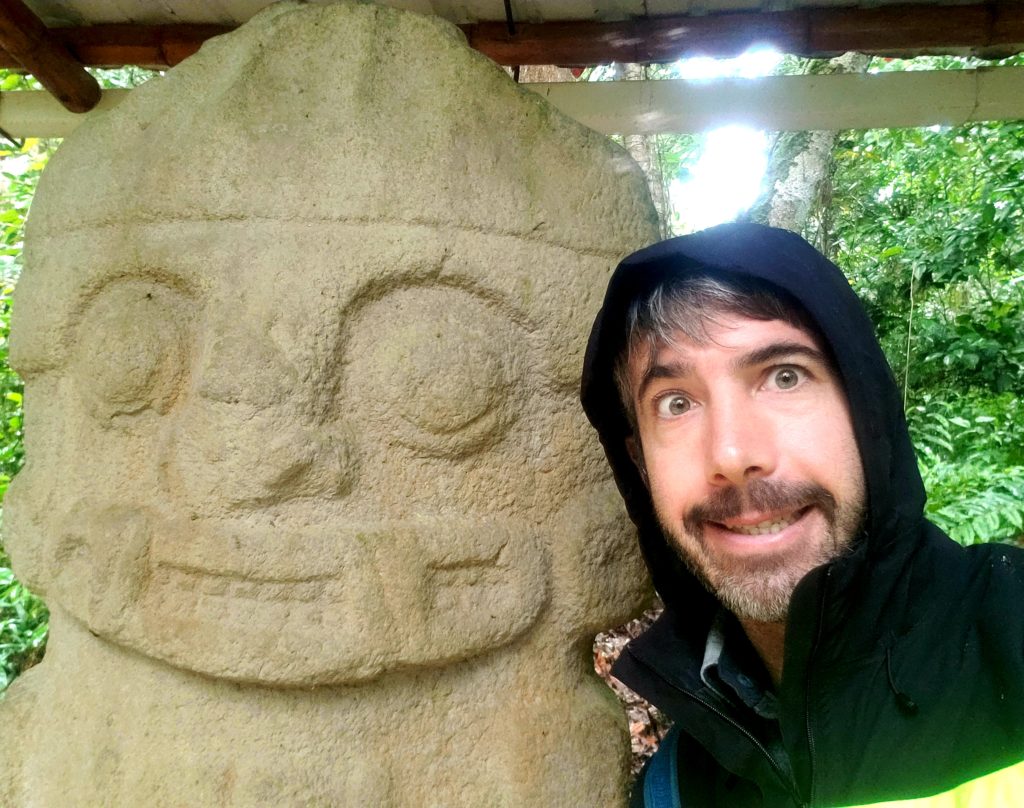


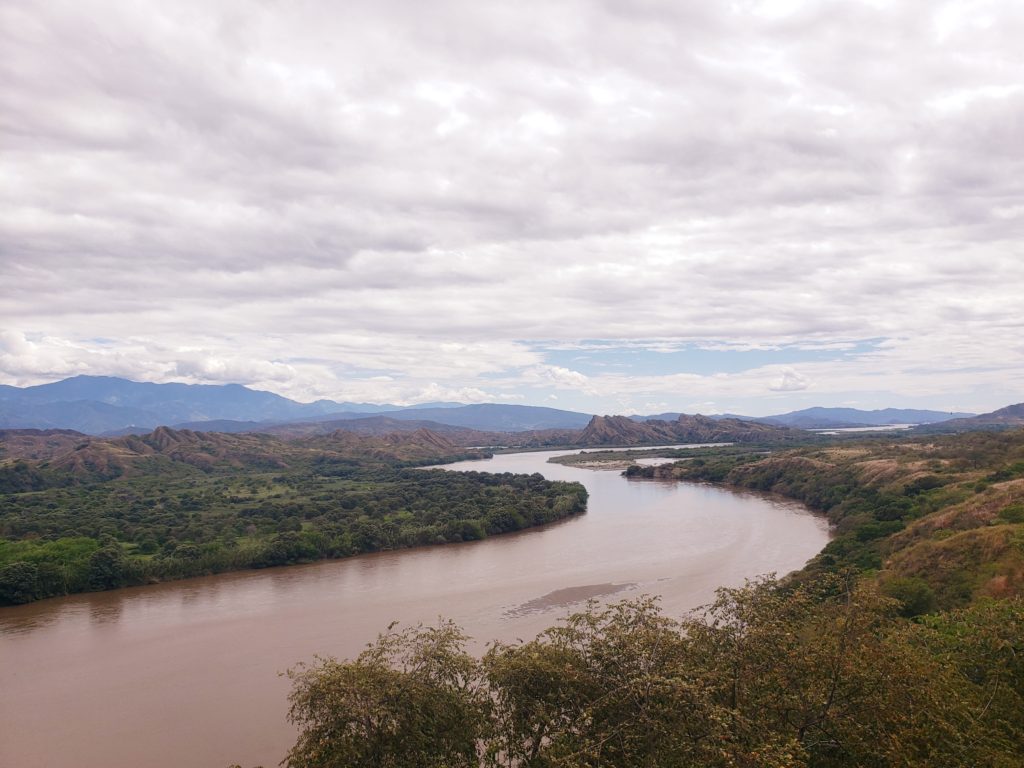
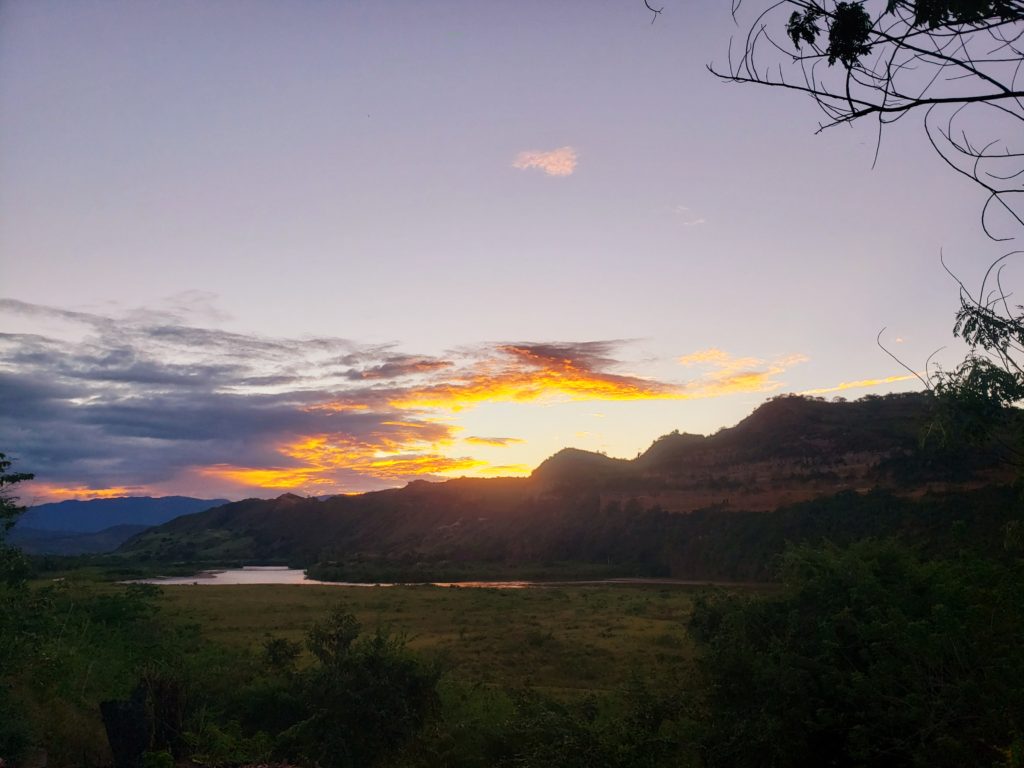
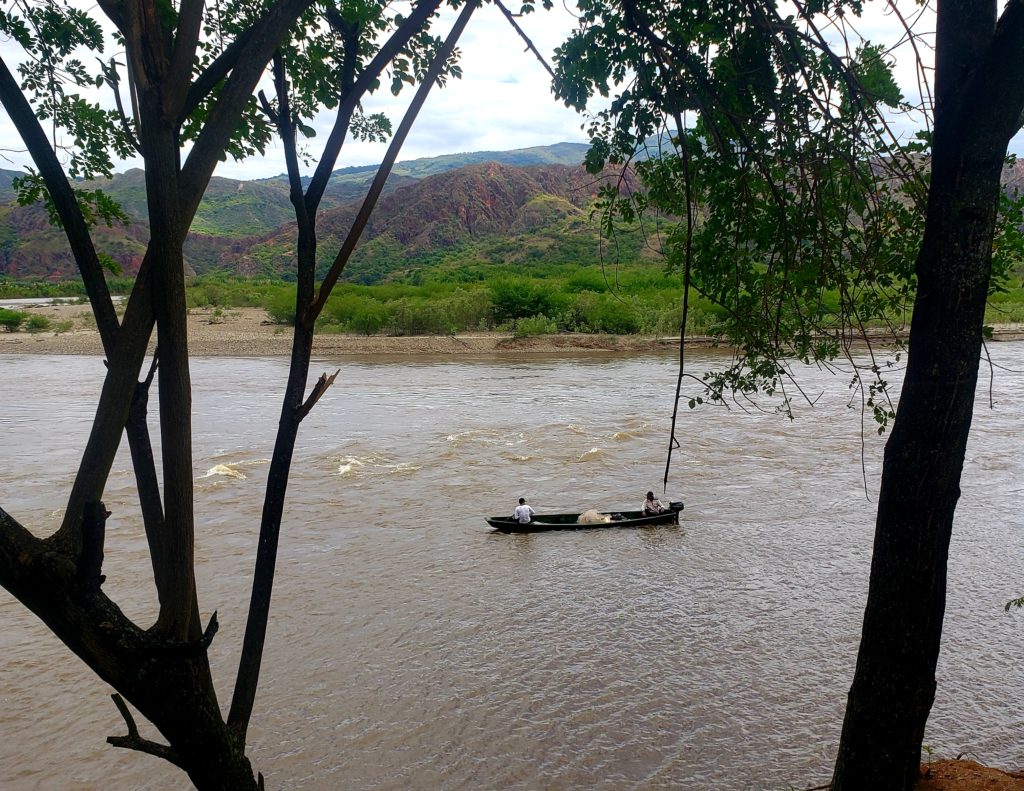
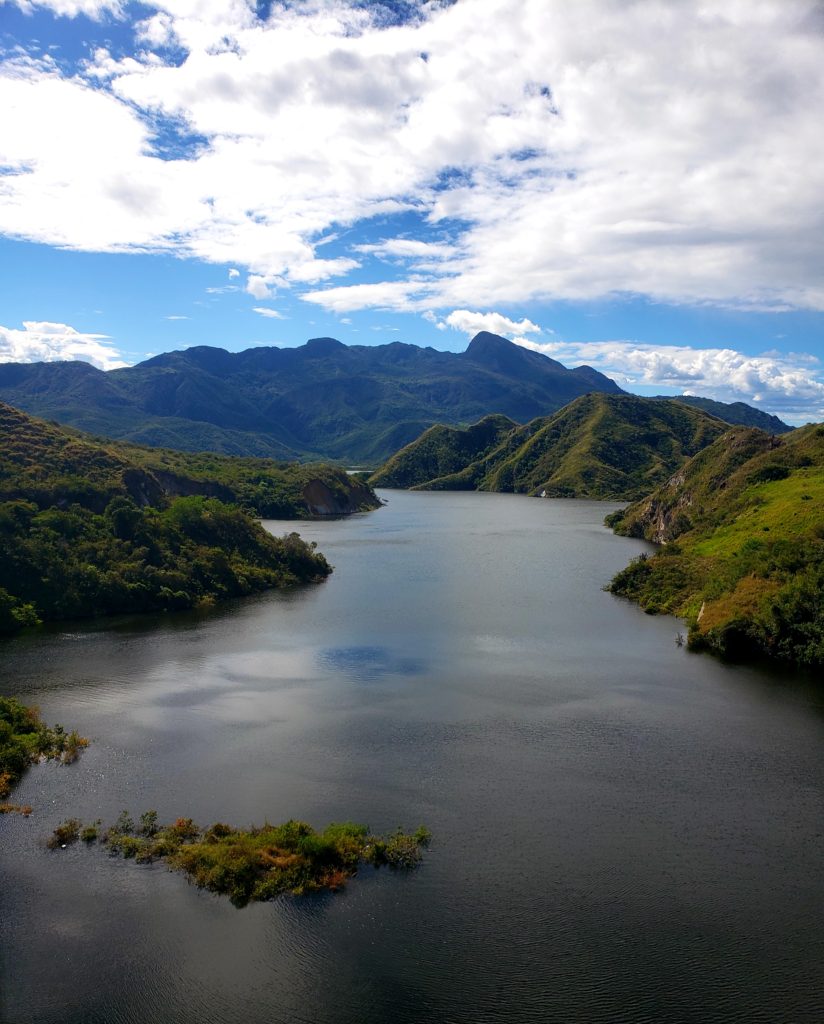

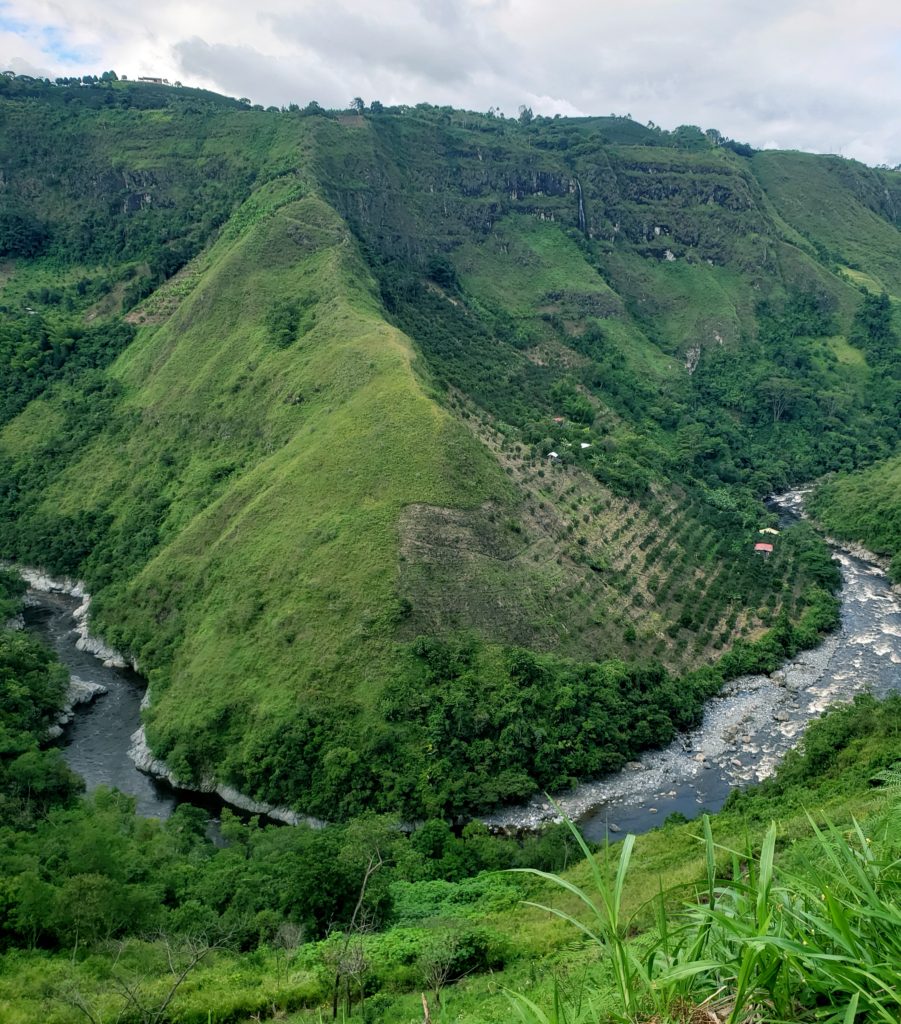

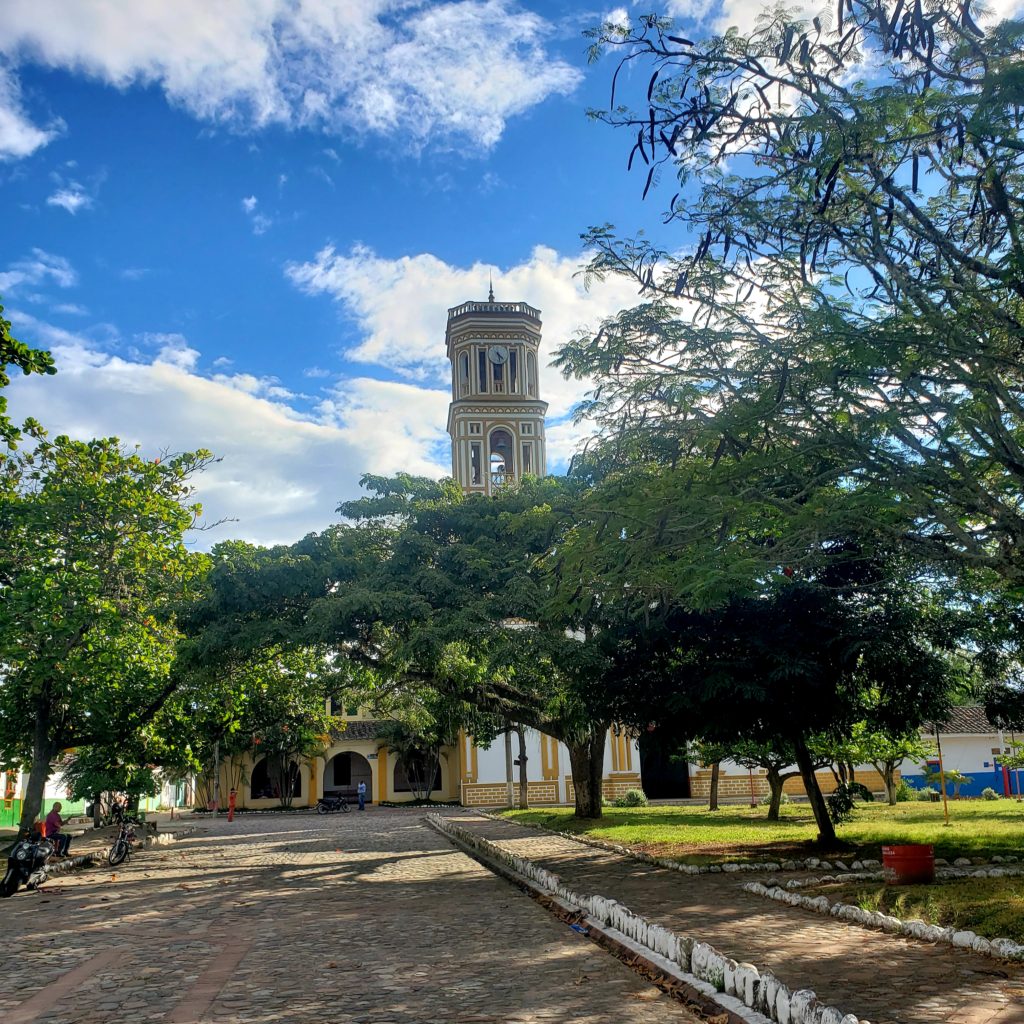


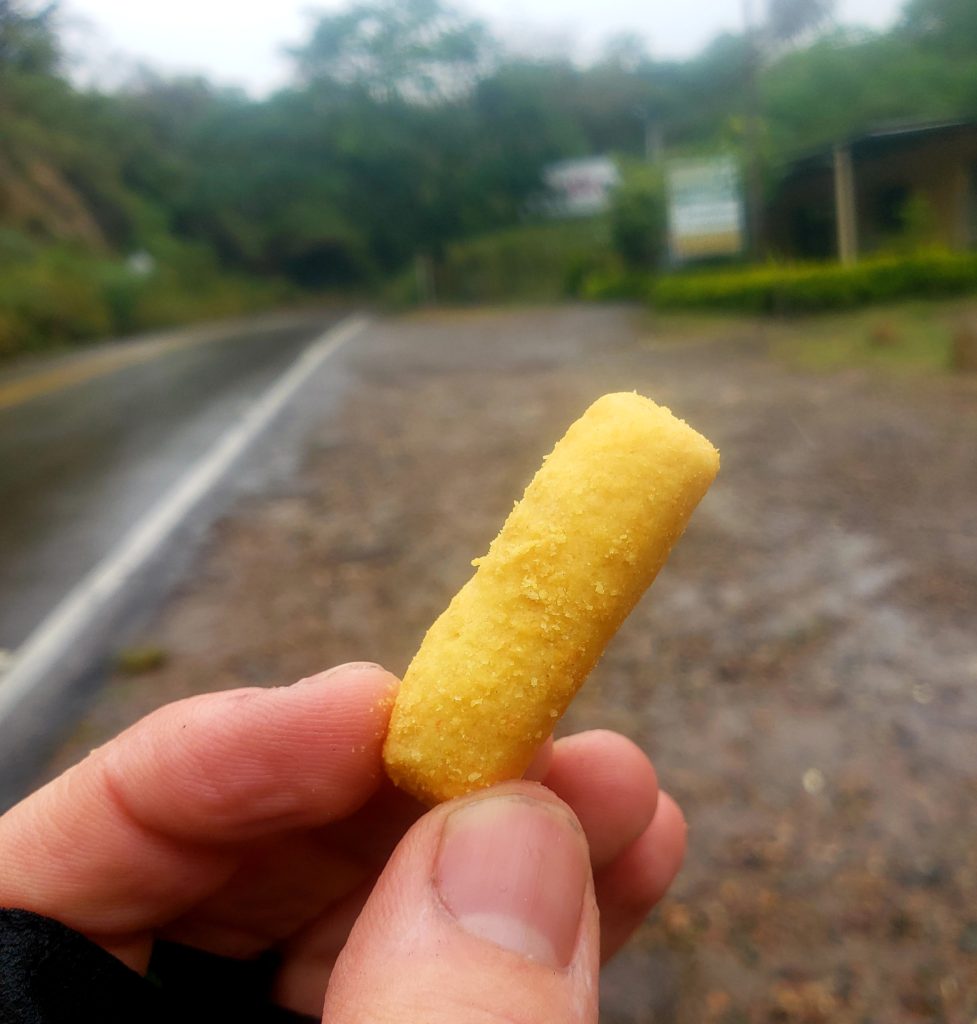
1 comment
Archives
Calendar
| M | T | W | T | F | S | S |
|---|---|---|---|---|---|---|
| « Mar | ||||||
| 1 | 2 | 3 | 4 | |||
| 5 | 6 | 7 | 8 | 9 | 10 | 11 |
| 12 | 13 | 14 | 15 | 16 | 17 | 18 |
| 19 | 20 | 21 | 22 | 23 | 24 | 25 |
| 26 | 27 | 28 | 29 | 30 | 31 | |
And how do I get there without a bike? Thank you for transporting me to places that I will probably never go. I am grateful for your observations and the ability to share these experiences with you. MOM